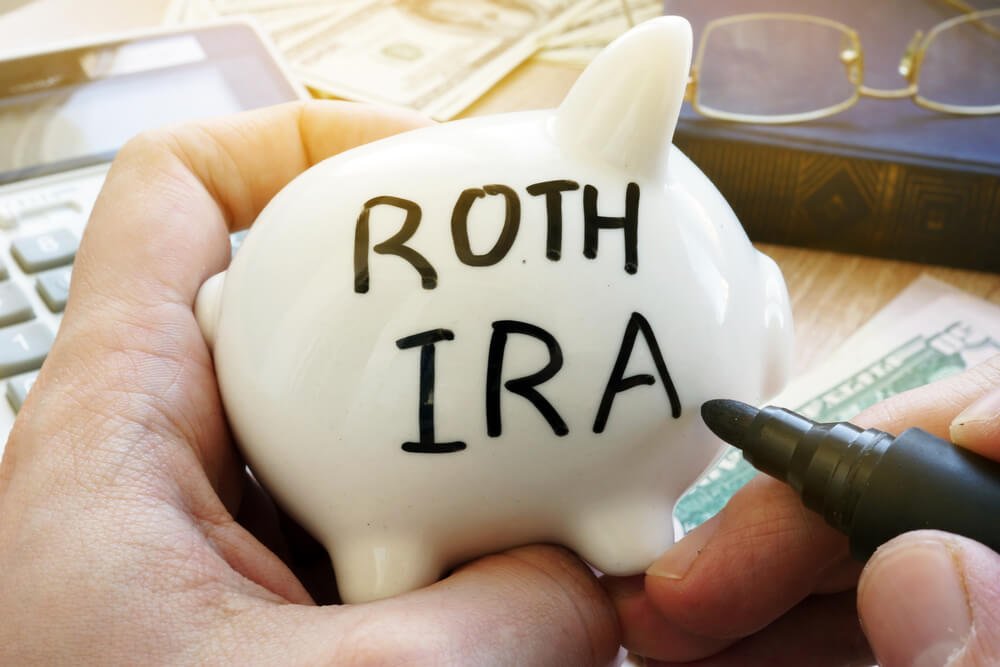Business
Should you even borrow money from your IRA account?
You could be faced with a situation wherein cash is needed and one way to borrow money is through your IRA fund. Here are a few do’s and don’ts.

The main idea behind setting up an IRA or a 401K account is to safeguard your life after your retirement. So, automatically borrowing from this account ahead of time isn’t the most ideal way to go. However, sometimes you can be faced with situations where you need urgent cash on a short-term basis and borrowing from your IRA funds may be the best option at hand. In such cases, while you do have the option to borrow money from your retirement account, you must ensure you are fully aware of all the terms and conditions as well as the associated risks and penalties. Here are a few dos and don’ts you need to make note of before making the decision to borrow against your retirement funds:
Borrowing from your IRA within the 60-day rollover period
If you are faced with an emergency and absolutely have to borrow money from your IRA funds, you can do so within the 60-day rollover period to avoid any additional penalties, while keeping the following pointers in mind.
Once you withdraw a sum of money from your IRA account, you must place the same amount back within the 60-day window as required by federal law.
Don’t miss the deadline because if you do, the transaction will be viewed as a distribution of cash and you will have to pay income tax on it. In addition, you might also have to pay an early withdrawal penalty if you are below the permissible age limit, i.e., 59½ years old.
Don’t pay back any amount lesser than what you withdrew either. This can also call for a penalty.
If you have previously rolled over money from your IRA, you will have to wait for at least 12 months before you can rollover money from the same IRA.
Exceptions to the 60-day payback period
While it is imperative that you pay back any amount that was withdrawn within 60 days, the IRS can waive the 60-day rule in case of medical or personal emergencies like unforeseen health expenses, medical insurance, educational expenses or due to physical disability.
Pro Tip – Always consider looking into whether the reason you need to withdraw money from your IRA account can be accommodated under the penalty-free rule.
The IRS also allows you to withdraw up to $10,000 as a penalty-free withdrawal if it is being used to purchase your first home.

You will need to have to borrow from your IRS in the event of unexpected health expenses or medical insurance. (Source)
Borrowing from your Roth IRA within the 60-day rollover period
Just like a regular IRA or a 401K, you cannot withdraw money from your Roth IRA penalty-free either, unless it is for a short amount of time and you have a valid reason to do so. While the IRS allows withdrawals from your Roth IRA for certain situations, do bear in mind that the IRS treats a Roth IRA withdrawal made more than five years after the first tax year in which you made a contribution as a qualified distribution. It is s not penalized if you meet one of the following conditions:
-
Withdrawing up to $10,000 to purchase your first home
-
Withdrawing money to pay for qualified education expenses.
-
Withdrawal to pay for unforeseen medical expenses or if you become disabled
-
Withdrawal to pay for non-reimbursed medical expenses or health insurance if you are unemployed
-
Withdrawal upon reaching the specified age limit, i.e., 59½ years old.
Borrowing from your 401K
If met with a dire situation where you urgently need cash, you also have the option of borrowing funds from your workplace retirement plans such as your 401K, if your retirement plan permits you to do so!
Figure out how much you can borrow
In the case of your workplace retirement plans, the government usually sets a limit on how much you can borrow. However, generally, you are only allowed to borrow an amount that is either less than or equal to 50% of the total amount deposited in your 401K with an upper limit of $50,000.
Determine how much interest you have to pay
The interest payable on your 401K loan will be determined by your employer and must also meet the IRS requirements. It is important to note that in this case since you will be loaning the money to yourself, you will also be paying the interest to yourself.
Find out the repayment period and method
Your 401K allows you to repay the loan within five years, but you can repay it in advance if you have the necessary funds. If you dip into your 401K funds to buy your first home, your repayment period can get extended, based on your employers decision.
As for the repayment methods, employers usually make regular deductions from your paycheck (after taxes unlike original contributions.)
(Featured image by DepositPhotos)
—
DISCLAIMER: This article expresses my own ideas and opinions. Any information I have shared are from sources that I believe to be reliable and accurate. I did not receive any financial compensation for writing this post, nor do I own any shares in any company I’ve mentioned. I encourage any reader to do their own diligent research first before making any investment decisions.

-

 Cannabis1 week ago
Cannabis1 week agoMedical Cannabis vs Street Weed: Why Therapy Makes More Sense in 2025
-

 Markets2 days ago
Markets2 days agoGold, Liquidity, and Market Complacency Heading Into 2026
-

 Cannabis4 hours ago
Cannabis4 hours agoAgential Cannabis 2026 Set to Spotlight Southeast Asia
-

 Impact Investing1 week ago
Impact Investing1 week agoCOP30: Fragmented Climate Politics, Multi-Speed Transition, and Emerging Investment Opportunities

























You must be logged in to post a comment Login